Filter by
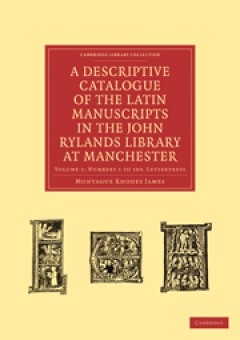
A Descriptive Catalogue of the Latin Manuscripts in the John Rylands Library …
M. R. James (1862–1936), best known as a writer of chilling ghost stories, was an outstanding scholar of medieval literature and palaeography, who served both as Provost of King's College, Cambridge, and as Director of the Fitzwilliam Museum. His detailed descriptive catalogues of manuscripts owned by colleges, cathedrals and museums are still of value to scholars today. This two-volume catal…
- Edition
- -
- ISBN/ISSN
- 9780511919930
- Collation
- -
- Series Title
- Cambridge Library Collection - History of Printing, Publishing and Libraries
- Call Number
- -
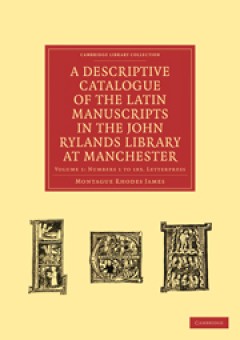
A Descriptive Catalogue of the Latin Manuscripts in the John Rylands Library …
M. R. James (1862–1936), best known as a writer of chilling ghost stories, was an outstanding scholar of medieval literature and palaeography, who served both as Provost of King's College, Cambridge, and as Director of the Fitzwilliam Museum. His detailed descriptive catalogues of manuscripts owned by colleges, cathedrals and museums are still of value to scholars today. This two-volume catal…
- Edition
- -
- ISBN/ISSN
- 9780511919923
- Collation
- -
- Series Title
- Cambridge Library Collection - History of Printing, Publishing and Libraries
- Call Number
- -

A Bibliography of Modern Arthuriana (1500–2000)
The legend of Arthur has been a source of fascination for writers and artists in English since the fifteenth century, when Thomas Malory drew together for the first time in English a variety of Arthurian stories from a number of sources to form the Morte Darthur. It increased in popularity during the Victorian era, when after Tennyson's treatment of the legend, not only authors and dramatists, …
- Edition
- -
- ISBN/ISSN
- 9781846154492
- Collation
- -
- Series Title
- -
- Call Number
- -
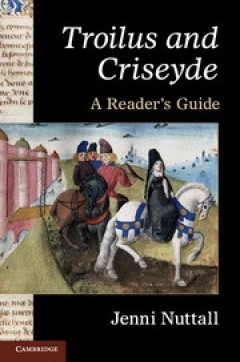
Troilus and Criseyde': A Reader's Guide
'Troilus and Criseyde', Geoffrey Chaucer's most substantial completed work, is a long historical romance; its famous tale of love and betrayal in the Trojan War later inspired William Shakespeare. This reader's guide, written specifically for students of medieval literature, provides a scene-by-scene paraphrase and commentary on the whole text. Each section explains matters of meaning, interpre…
- Edition
- -
- ISBN/ISSN
- 9781139030915
- Collation
- -
- Series Title
- -
- Call Number
- -
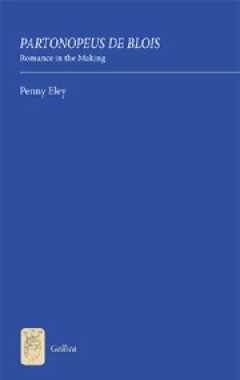
Partonopeus de Blois': Romance in the Making
'Partonopeus de Blois' is one of the most important works of twelfth-century French fiction; it shaped the development of romance as a genre, gave rise to adaptations in several other medieval languages and even an opera (Massanet's 'Esclarmonde'). However, partly because of its complicated transmission history, and partly due to the fact that it has been overshadowed by the works of Chrétien …
- Edition
- -
- ISBN/ISSN
- 9781846157820
- Collation
- -
- Series Title
- -
- Call Number
- -
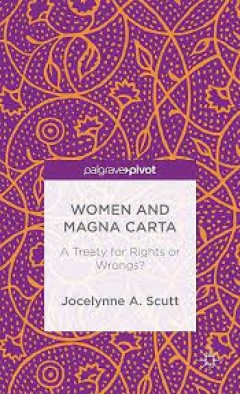
Women and The Magna Carta A Treaty for Control or Freedom
On the eight-hundredth anniversary of the Magna Carta, Women and the Magna Carta investigates what the charter meant for women's rights and freedoms from an historical and legal perspective.
- Edition
- -
- ISBN/ISSN
- 978-1-137-56235-7
- Collation
- -
- Series Title
- -
- Call Number
- -
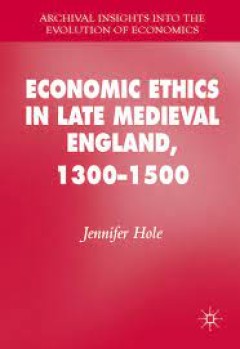
Economic Ethics in Late Medieval England, 1300–1500
Drawing on an array of archival evidence from court records to the poems of Chaucer, this work explores how medieval thinkers understood economic activity, how their ideas were transmitted and the extent to which they were accepted. Moving beyond the impersonal operations of an economy to its ethical dimension, Hole’s socio-cultural study considers not only the ideas and beliefs of theologian…
- Edition
- 1
- ISBN/ISSN
- 978-3-319-38859-5
- Collation
- -
- Series Title
- -
- Call Number
- XII, 300

The Juggler of Notre Dame and the Medievalizing of Modernity: Volume 6 War a…
"This ambitious and vivid study in six volumes explores the journey of a single, electrifying story, from its first incarnation in a medieval French poem through its prolific rebirth in the nineteenth and twentieth centuries. The Juggler of Notre Dame tells how an entertainer abandons the world to join a monastery, but is suspected of blasphemy after dancing his devotion before a statue of the …
- Edition
- -
- ISBN/ISSN
- 9781783745418
- Collation
- -
- Series Title
- -
- Call Number
- -

The Juggler of Notre Dame and the Medievalizing of Modernity: Volume 5 Tumbl…
The ANZUS Alliance was a defence arrangement between Australia, New Zealand and the United States that shaped international policy in the aftermath of the Second World War and the early stages of the Cold War. Forged by influential individuals and impacting on global events including the Japanese Peace Treaty, the Korean War and the Suez Crisis, the ANZUS Alliance was a crucial factor in the se…
- Edition
- -
- ISBN/ISSN
- 9781783745364
- Collation
- -
- Series Title
- -
- Call Number
- -
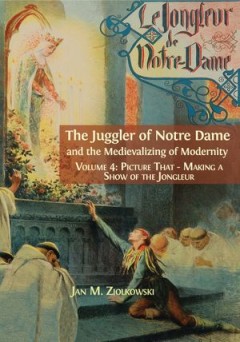
The Juggler of Notre Dame and the Medievalizing of Modernity: Volume 4 Pictu…
Born into a distinguished aristocratic family of the old Habsburg Empire, Hermynia Zur Mühlen spent much of her childhood and early youth travelling in Europe and North Africa with her diplomat father. Never comfortable with the traditional roles women were expected to play, she broke as a young adult both with her family and, after five years on his estate in the old Czarist Russia, with her …
- Edition
- -
- ISBN/ISSN
- 9781783745319
- Collation
- -
- Series Title
- -
- Call Number
- -
 Computer Science, Information & General Works
Computer Science, Information & General Works  Philosophy & Psychology
Philosophy & Psychology  Religion
Religion  Social Sciences
Social Sciences  Language
Language  Pure Science
Pure Science  Applied Sciences
Applied Sciences  Art & Recreation
Art & Recreation  Literature
Literature  History & Geography
History & Geography